class a foam percentages
When proportioned with water Class A concentrates reduce the solution surface tension and allow greater penetration of the foam into most Class A fuels. Some of the reasons for the firefighter aversion to using Class B foam may be from a lack of experience with it both in training and in actual incidents.
The AFFF is exactly what it is AFFF or Class B foam.
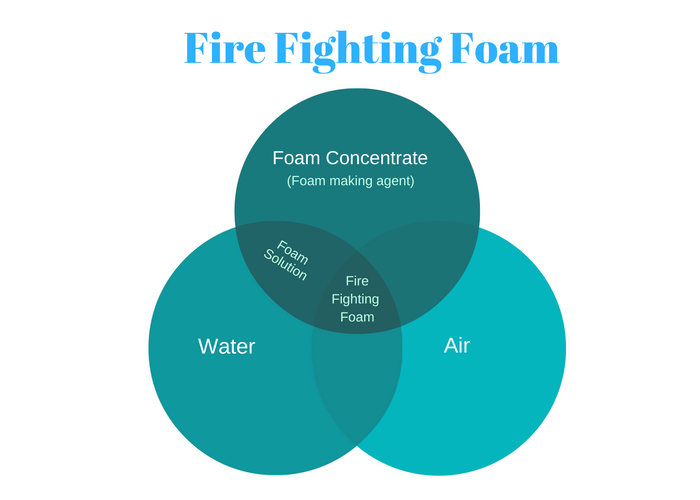
. Six percent 6 concentrates are mixed with water at a ratio of 94 parts water to 6 parts foam concentrate. Each type of foam is design for a specific application. What is a Class A Foam.
Chemguard CA foam concentrate is a combination of foaming and wetting agents for use on wood paper textiles wild land fires wooden structures and more. Class A foam typically runs at 03 05 or 1. 4 rows Typical percentage ranges for using Class A foam concentrate with standard non airaspirating.
It is not Class A foam regardless if you dilute the Class B or not. Ad Millions of Items on One Easy-to-Use Site with Outstanding Customer Service. Into the fuels far more rapidly.
Class A foam first developed in the. Class B foam is used at one three or six percent describing the percentage of foam concentrate in the foam solution. There is even one new foam on the market that is educted at 4 for.
National Foams Class A Foams are also wetting agents. CHEMGUARD Class A foams cling to surfaces such as charred wood with minimal run off enhancing fire suppression and reducing water usage. It should not be used on fires involving ethanol-gasoline blends containing more than 10 percent ethanol.
We Are Committed to Making Your Job Easier - Shop our Endless Aisle. For example if you were go- ing to premix a batch of foam concentrate with wa- ter to make one hundred gallons of foam solution you would mix 6 gallons of foam concentrate with 94 gallons of water. Compare those percentages to most Class A and B foam and you will find why we are the best value.
A product that relies primarily on the water it contains for firefighting. Fire Cap Plus A and B product is UL approved and are certified for use at 025 for Class A fires and 03 for Class B fires. These new concentrates made the use of foam a cost effective means of combating fires because smaller amounts of foam concentrate could be used.
These products contain foaming agents which create air bubbles when aerated and wetting agents which allow the fluid that drains from foam bubbles to be easily absorbed by fuel soil and other materials that it come into contact with. Any other percentages are considered running the foam too lean or too rich and are not effective. Any other percentages are considered running the foam too lean or too rich and are not effective.
Available in either a 1 3 or 6 type concentrate. Created to perform specifically on Class A combustible materials ANSUL-A foam is compatible for use in compressed air foam systems CAFS over the use range of 01 to 10. Even if the last chemical blaze in your area was over 20 years ago theres nothing worse than arriving at a Class B blaze unprepared.
Foam Concentrate and Foam Eductors. When mixed in correct. Field and laboratory tests show that water mixed with only 01-10 foam concentrate is often 3 to 5 times more effective than plain water.
It is used at application rates ranging from 01 to 10 percent. CA is 3 to 5 times more effective than plain water. For every 100 gallons of water there is one three or six gallons of.
The ratio of class a foam concentrate to water is typically 01 to 10 percent. REMEMBER NEVER EVER MIX CLASS A AND B FOAMS TOGETHER IN YOUR TANK OR SYSTEM. Applied at low concentrations of 01 to 10 percent.
This type of agent is very similar to. Class A Foam Concentrate. Environmentally responsible KnockDown a Class A foam concentrate is a unique formulation providing unmatched firefighting performance and flexibility.
In reality Class B foam applications are fairly simple. FOAM TYPES Aqueous Film Forming Concentrate AFFF. Serving Fire Safety Since 1945 - Shop Now.
With regular AFFF foam it can be metered at 1 percent 3 percent or 6 percent. Class A Foam Concentrate. Educted at a certain percentage mixed with water in order to produce an adequate foam solution to cover a spill or extinguish a.
Class A was designed for and works best on ordinary combustibles. The proper percentage depends on the fuel burning and most importantly the manufacturers recommendations. Rural firefighters who must carry their own water especially benefit from the enhanced effectiveness of adding PHOS-CHEK WD881 Class A foam to their water.
CHEMGUARD Class A concentrates are effective in fighting many deep-seated. The concentrate is formulated using fluorine-free hydrocarbon surfactants to perform on Class A combustible materials typical in municipal applications. Class A foam first developed in the.
Qualified to USDA Forest Service 5011-307a and UL approved for use as a wetting agent for Class AB applications Environmentally responsible. Costs for foam Class A foam costs approximately 110 of the cost of class B foams per gallon of foam. Implementing Class B foam drills and practicing.
These are the most effective percentages based upon the foam manufacturers recommendations. This is a biodegradable mixture of foaming and wetting agents. Class b foam on the other hand repels carbon.
Created to perform specifically on Class A combustible materials ANSUL-A foam is compatible for use in compressed air foam systems CAFS over the use range of 01 to 10. While Class B foam is generally more expensive than Class A using several gallons for education and training is money well spent for municipal departments. The manufacturer through testing has determined at what percentage foam should be used.
Look to foam to aid us in the battle against the fire behavior increases and refresh our knowledge skills and abilities in the proper application of this great enhancer. As a synthetic based foam concentrate class a foam is applied at low mix ratios ranging from 01 to 10 see proportioning rates below.

Double Sided Magnetic Fraction Circles Fraction Circles Fractions Learning Resources
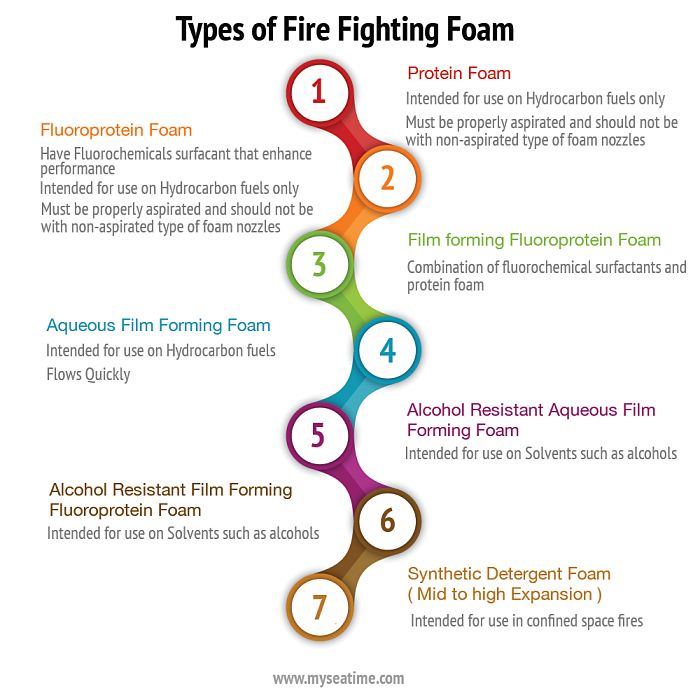
A Comprehensive Guide Of Fixed Fire Fighting Foam System Myseatime

Magnetic Foam Small Numbers Teacher Created Resources Teaching Tips Foam

Editable Colorful Spring Flowers Themed Google Classroom Headers Google Classroom Classroom Virtual Classrooms
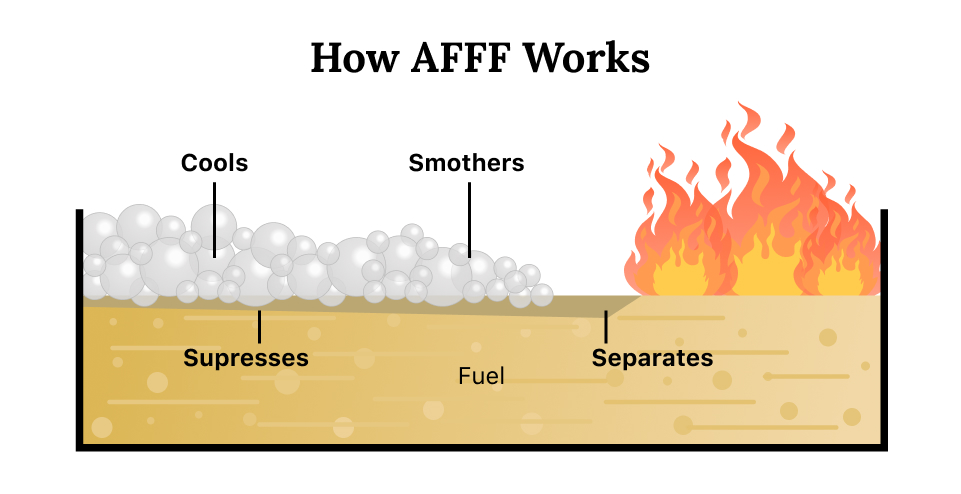
Aqueous Film Forming Foam Afff Toxicity Exposures And Illnesses

Firebull Fluorine Free Foam 3 Ul Listed Enforcer Firefighting Equipment

My Math Resources Large Printable Dice Templates Dice Template Large Printable Math Resources
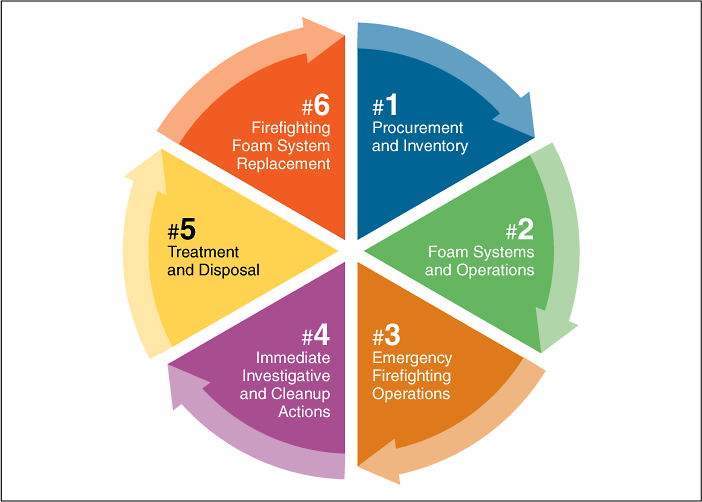
3 Firefighting Foams Pfas Per And Polyfluoroalkyl Substances
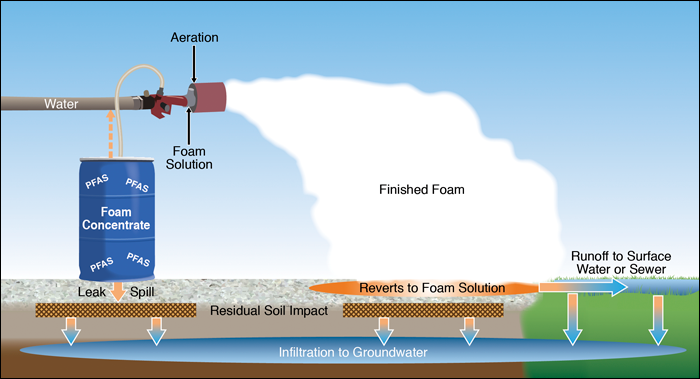
3 Firefighting Foams Pfas Per And Polyfluoroalkyl Substances

Afff 1 A Foam Concentrate Fomtec Firefighting Foam

How Does A Fire Fighting Foam Concentrate Work On Fire Bioex

A Comprehensive Guide Of Fixed Fire Fighting Foam System Myseatime
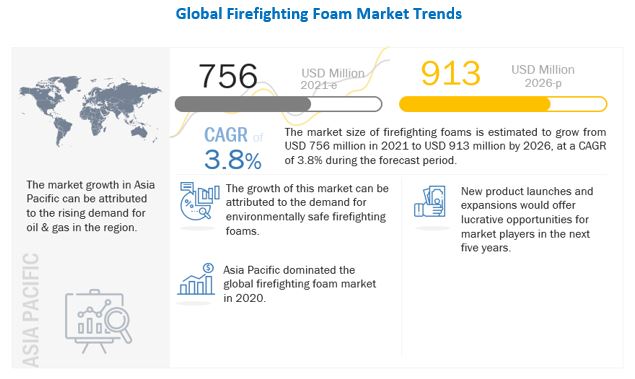
Firefighting Foam Market Global Forecast To 2026 Marketsandmarkets
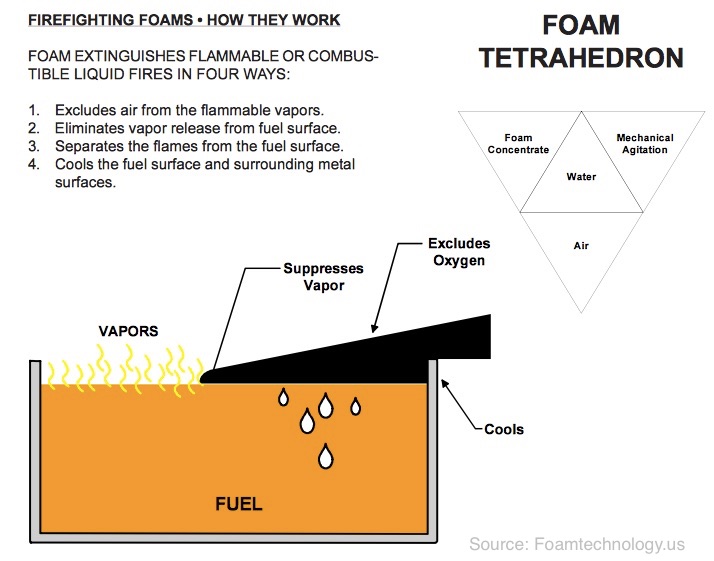
A Comprehensive Guide Of Fixed Fire Fighting Foam System Myseatime
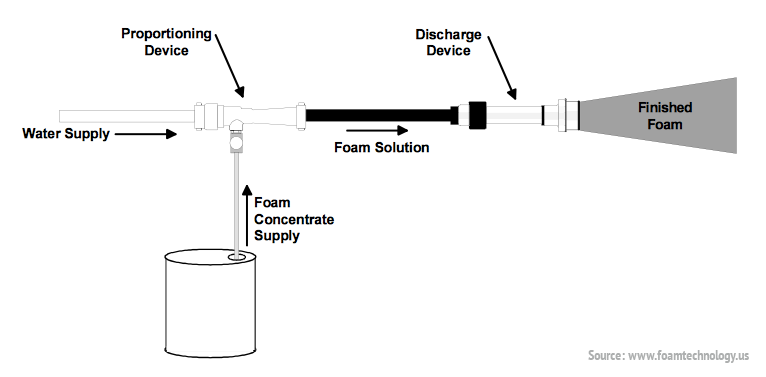
A Comprehensive Guide Of Fixed Fire Fighting Foam System Myseatime

Pin By Stephanie Barton Bostick On Math Fractions Decimals Percents How To Memorize Things Math Fractions Middle School Math
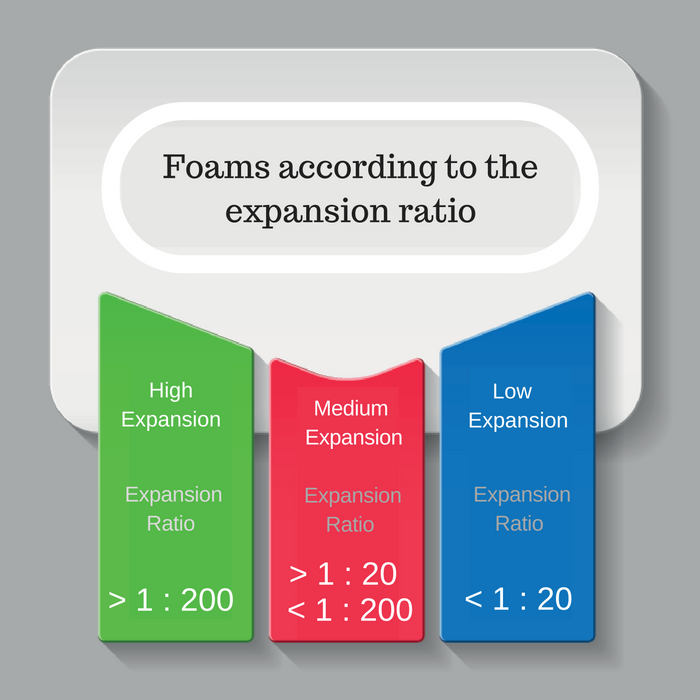
A Comprehensive Guide Of Fixed Fire Fighting Foam System Myseatime

Fractions Decimals Fractions Student

These Percentage Worksheets Require Students To Convert Percentages To Reduced Fractions Includi Math Worksheets Basic Math Worksheets Word Problem Worksheets
